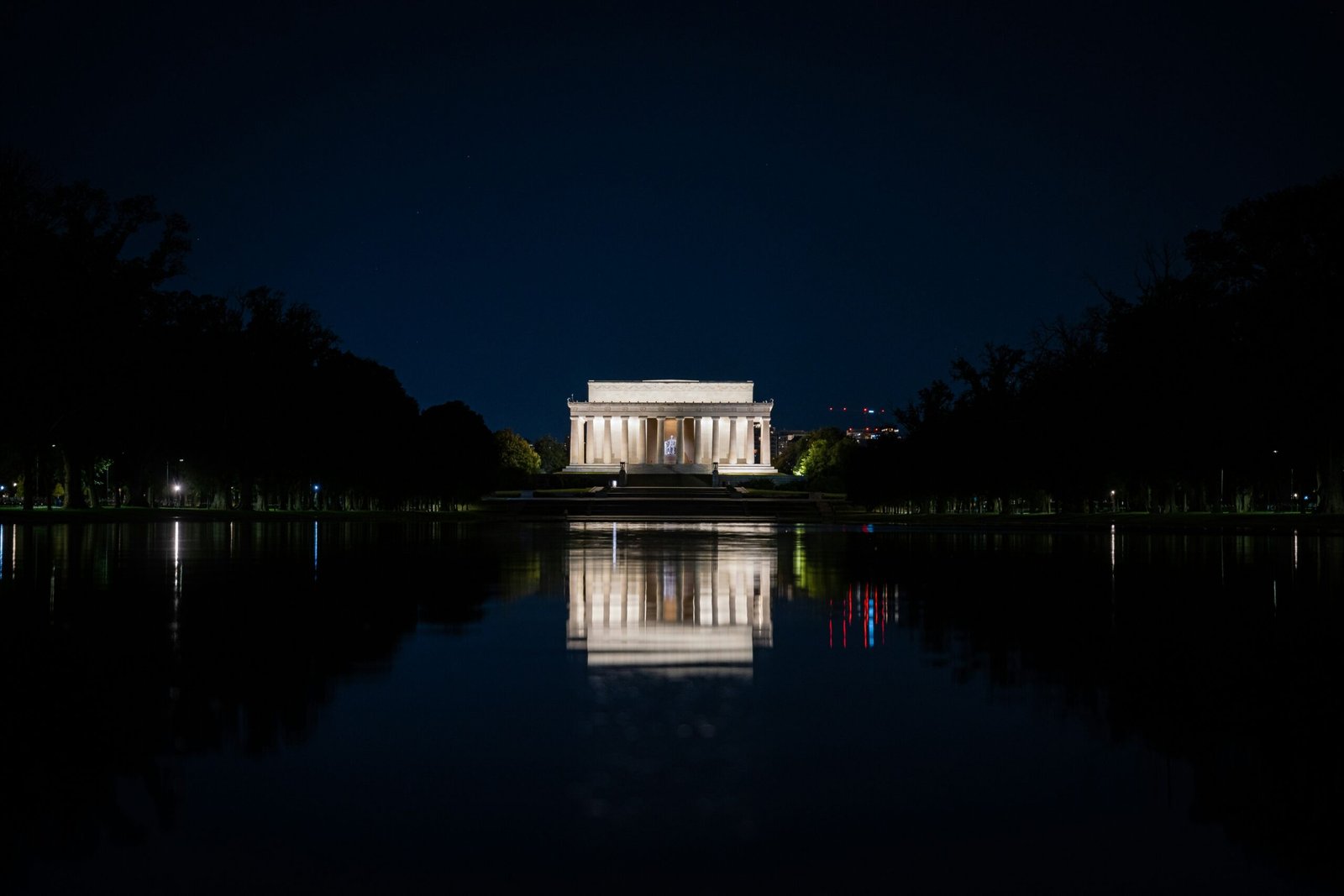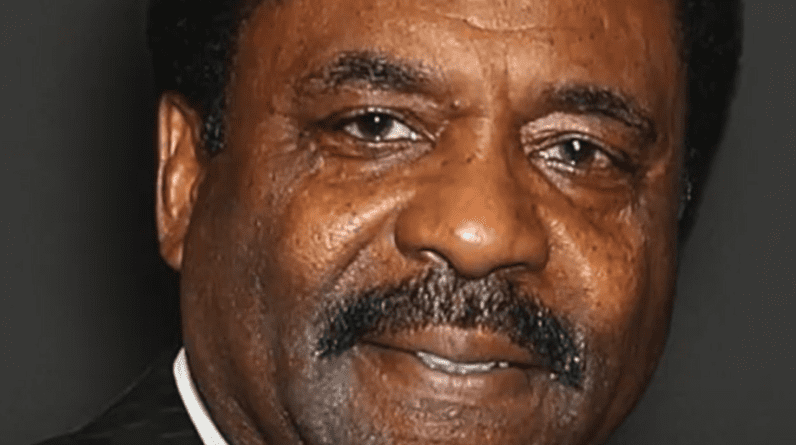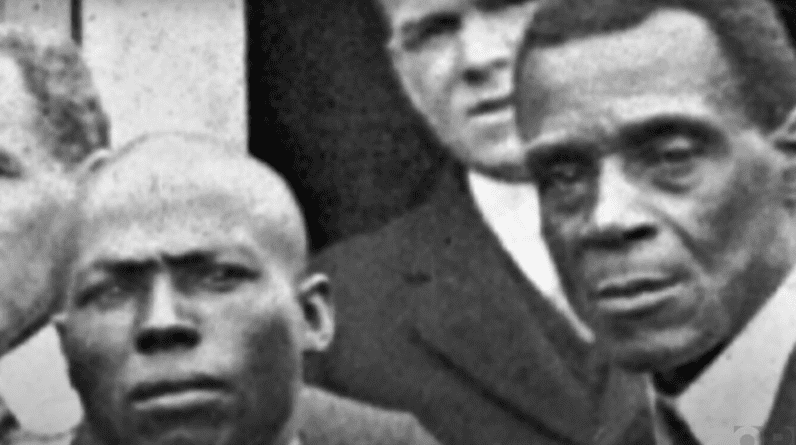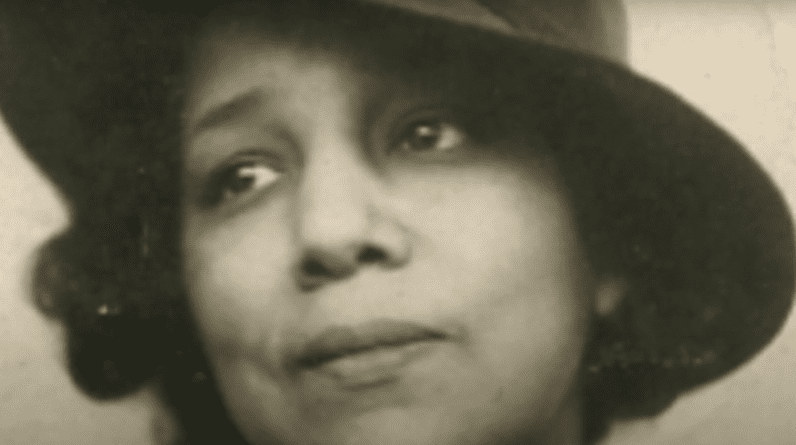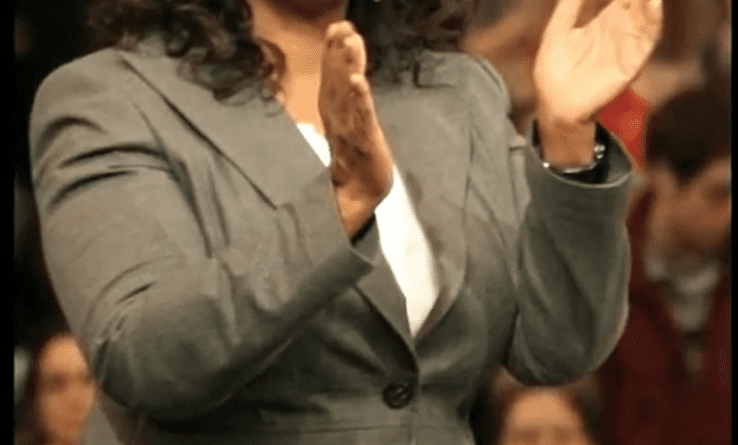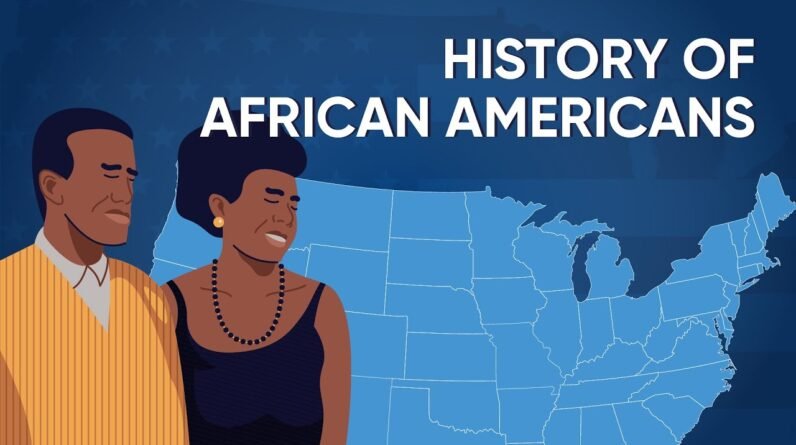
Abolitionist Movement in America
Abolitionist Movement in America. Welcome to the fascinating world of the Abolitionist Movement in America! As you dive into this article, you will learn about African-American history, the harsh reality of slavery in America, the devastating impacts of the Transatlantic Slave Trade, the perilous journey of the Middle Passage, and the courageous individuals who led the Abolitionist Movement to end slavery once and for all. Get ready to be inspired by the stories of those who fought for justice and equality! Have you ever wondered about the Abolitionist Movement in America? Let’s take a closer look at this important period in history. Understanding the Abolitionist Movement
The Abolitionist Movement in America was a social and political campaign to end the institution of slavery in the United States. It was a crucial movement that helped pave the way for the eventual emancipation of enslaved individuals in the country. Let’s dive deeper into the significance of this movement and its impact on American society.
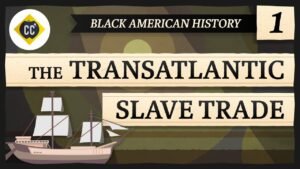
Origins of the Abolitionist Movement
The Abolitionist Movement in America can trace its roots back to the colonial era when anti-slavery sentiments began to emerge. The Quakers, a religious group known for their commitment to social justice, were among the first to speak out against the institution of slavery. As the United States gained independence and the concept of individual rights and freedom gained prominence, more people began to question the morality of slavery.
Quakers and the Abolitionist Movement
Quakers played a significant role in the early days of the Abolitionist Movement. Their belief in the equality of all individuals and the importance of social justice led many Quakers to actively participate in efforts to abolish slavery. Notable Quaker abolitionists such as Anthony Benezet and John Woolman were instrumental in advocating for the emancipation of enslaved individuals and promoting anti-slavery sentiment in America.
The Rise of Abolitionist Societies
As anti-slavery sentiment grew in America, the first Abolitionist Societies began to form. These societies were comprised of individuals dedicated to the cause of abolishing slavery and advocating for the rights of enslaved individuals. Some of the most prominent Abolitionist Societies included the American Anti-Slavery Society, the American and Foreign Anti-Slavery Society, and the Pennsylvania Abolition Society.
American Anti-Slavery Society
The American Anti-Slavery Society was founded in 1833 by prominent abolitionists such as William Lloyd Garrison, Arthur Tappan, and Frederick Douglass. The society played a pivotal role in promoting the cause of abolitionism and raising awareness about the realities of slavery in America. Through publications, lectures, and grassroots activism, the American Anti-Slavery Society helped galvanize support for the abolitionist movement.
Key Figures of the Abolitionist Movement
Throughout the history of the Abolitionist Movement, several key figures emerged as influential leaders and activists in the fight against slavery. These individuals played a crucial role in shaping public opinion and advocating for the rights of enslaved individuals.
Frederick Douglass
Frederick Douglass was an escaped slave who became one of the most prominent African American abolitionists of the 19th century. He was known for his powerful speeches and writings denouncing the inhumane institution of slavery. Douglass’s autobiography, “Narrative of the Life of Frederick Douglass, an American Slave,” became a bestseller and helped expose the harsh realities of slavery to a wider audience.
William Lloyd Garrison
William Lloyd Garrison was a white abolitionist who was one of the co-founders of the American Anti-Slavery Society. Garrison was known for his fiery anti-slavery speeches and uncompromising stance on the issue of slavery. His newspaper, “The Liberator,” was one of the most widely read abolitionist publications in America and helped mobilize support for the abolitionist cause.
Sojourner Truth
Sojourner Truth was a former slave who became a prominent African American abolitionist and women’s rights activist. She is best known for her powerful “Ain’t I a Woman?” speech, in which she eloquently argued for the rights of both women and African Americans. Truth’s contributions to the abolitionist movement helped amplify the voices of marginalized individuals and advance the cause of social justice.
The Underground Railroad
One of the most famous aspects of the Abolitionist Movement in America was the Underground Railroad. This secret network of routes and safe houses helped enslaved individuals escape to freedom in the Northern states and Canada. The Underground Railroad was not an actual railroad but a series of clandestine efforts by abolitionists, free African Americans, and sympathetic individuals to assist enslaved individuals in their quest for freedom.
Harriet Tubman
Harriet Tubman, often called the “Moses of her people,” was one of the most famous conductors of the Underground Railroad. She made repeated dangerous trips into the South to lead enslaved individuals to freedom in the North. Tubman’s bravery and determination made her a legendary figure in the abolitionist movement and a symbol of resistance against slavery.
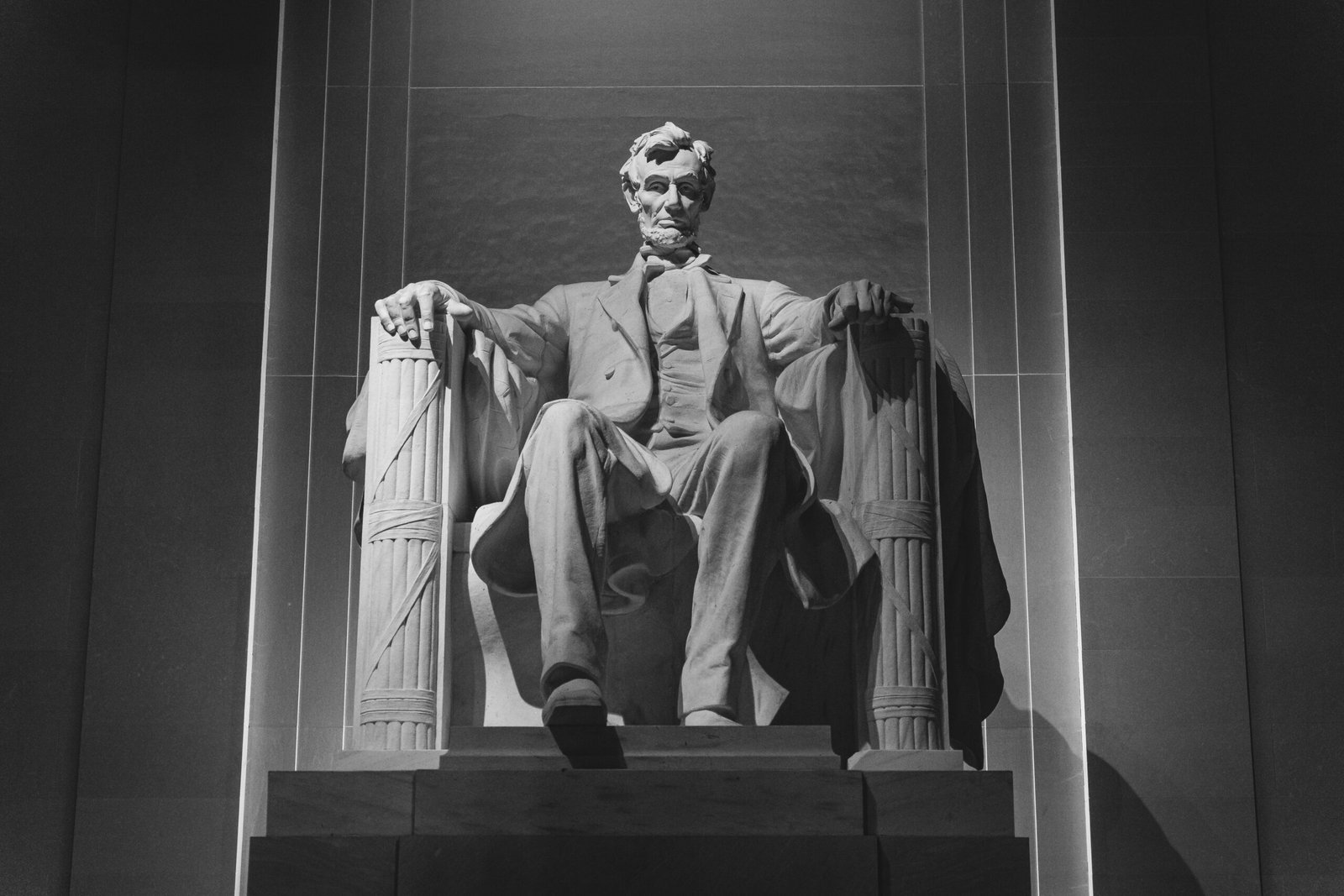
The Abolitionist Movement and the Civil War
The Abolitionist Movement played a significant role in shaping the events leading up to the Civil War. Tensions over the issue of slavery divided the nation, with abolitionists advocating for the immediate end to the institution and pro-slavery advocates defending its continuation. The outbreak of the Civil War in 1861 was, in part, a culmination of the long-standing conflict over the issue of slavery in America.
Emancipation Proclamation
The Civil War provided the backdrop for one of the most significant moments in American history – the Emancipation Proclamation. Issued by President Abraham Lincoln in 1863, the proclamation declared that all enslaved individuals in Confederate-held territory were to be set free. While the Emancipation Proclamation did not immediately end slavery in America, it marked a major turning point in the fight for freedom and equality.
Legacy of the Abolitionist Movement
The Abolitionist Movement in America left a lasting legacy that continues to resonate today. The efforts of abolitionists to end the institution of slavery helped pave the way for the eventual emancipation of enslaved individuals and the abolition of slavery in America. The courage, dedication, and sacrifice of those who fought against slavery serve as an enduring reminder of the power of grassroots activism and social change.
Impact on Civil Rights Movement
The Abolitionist Movement also had a profound impact on the broader struggle for civil rights in America. The abolitionists‘ commitment to justice, equality, and freedom laid the groundwork for future movements advocating for the rights of marginalized groups. The legacy of the Abolitionist Movement can be seen in the Civil Rights Movement of the 20th century, which sought to secure equal rights and opportunities for all Americans.
Understanding the Abolitionist Movement in America
FQAs for Abolitionist Movement in America
What was the Abolitionist Movement in America?
The Abolitionist Movement in America was a monumental campaign to end slavery, spanning from the late 18th century until the Civil War. It was a diverse and dynamic effort involving people from various backgrounds who united in their opposition to the institution of slavery. This movement sought not only to end the practice of enslavement but also to promote racial equality and justice. The Abolitionist Movement laid the groundwork for significant societal changes, challenging deeply entrenched social norms and laying the foundation for the Civil Rights Movement that would follow.
Who were the key leaders of the Abolitionist Movement?
The Abolitionist Movement was spearheaded by a remarkable array of leaders, each bringing their unique perspectives and strengths to the cause. Frederick Douglass, a former slave who became a powerful orator and writer, was one of the most influential figures. Harriet Tubman, known for her daring missions on the Underground Railroad, helped many slaves escape to freedom. William Lloyd Garrison, the fiery editor of “The Liberator,” was relentless in his advocacy for immediate emancipation. Sojourner Truth, an escaped slave turned advocate, mesmerized audiences with her speeches on both abolition and women’s rights. These leaders, among many others, galvanized public opinion and inspired action against slavery.
What were the main goals of the Abolitionist Movement?
The primary goal of the Abolitionist Movement was to abolish slavery in the United States. However, this overarching aim encompassed several specific objectives. Abolitionists sought to end the legal institution of slavery, secure equal rights for African Americans, and promote broader social reforms to eradicate racial prejudice. They aimed to influence public opinion, change laws, and provide direct aid to those escaping bondage. The movement also endeavored to educate the public about the brutal realities of slavery, advocating for a society where liberty and justice were truly for all.
How did the Abolitionist Movement impact American society?
The impact of the Abolitionist Movement on American society was profound and far-reaching. It brought the moral and ethical dilemmas of slavery to the forefront of national consciousness, forcing citizens and leaders alike to confront the contradictions between slavery and the nation’s founding ideals. The movement’s efforts led to the eventual passage of the 13th Amendment, which abolished slavery. Beyond legislative victories, the Abolitionist Movement helped to ignite widespread social change, fostering greater awareness and dialogue about racial inequality. It also laid the groundwork for subsequent civil rights movements, influencing generations of activists committed to justice and equality.
What methods did abolitionists use to fight slavery?
Abolitionists employed a variety of methods to fight against slavery, ranging from peaceful advocacy to direct action. They organized petitions, public lectures, and published newspapers and pamphlets to spread their message. The Underground Railroad, a network of secret routes and safe houses, was instrumental in helping enslaved people escape to free states and Canada. Prominent abolitionists like Frederick Douglass and Harriet Beecher Stowe used their writings and speeches to sway public opinion. Some, like John Brown, believed in and resorted to armed resistance. Through these diverse strategies, abolitionists kept the issue of slavery in the public eye and relentlessly pushed for change.
How did the Abolitionist Movement lead to the Civil War?
The Abolitionist Movement was a significant factor leading to the Civil War. As abolitionists’ demands for the end of slavery grew louder and more persistent, tensions between the North and South escalated. Southern states, whose economies were deeply intertwined with slave labor, viewed abolitionist activities as a direct threat to their way of life. Events such as the publication of “Uncle Tom’s Cabin,” John Brown’s raid on Harpers Ferry, and the vehement debates over the extension of slavery into new territories further polarized the nation. These conflicts and the deepening divide over slavery’s future culminated in Southern secession and the outbreak of the Civil War.
What role did women play in the Abolitionist Movement?
Women played a pivotal role in the Abolitionist Movement, both as leaders and supporters. Figures like Sojourner Truth, who was also an advocate for women’s rights, and Harriet Beecher Stowe, whose novel “Uncle Tom’s Cabin” galvanized anti-slavery sentiment, were instrumental. Women formed and participated in abolitionist societies, organized fundraising events, and circulated petitions. The Grimké sisters, Angelina and Sarah, were among the first women to speak publicly against slavery, linking it to the broader struggle for women’s rights. Women’s involvement in the abolitionist cause also provided a foundation for the emerging women’s suffrage movement, demonstrating their capabilities and resolve in the fight for social justice.
How did the Abolitionist Movement influence other social reforms?
The Abolitionist Movement had a ripple effect, inspiring and intersecting with other social reform movements. The fight against slavery highlighted issues of injustice and human rights that extended beyond abolition. Many abolitionists were also active in the women’s suffrage movement, advocating for gender equality. The principles of equality and human dignity that drove abolitionism also influenced the labor movement and efforts to improve working conditions. Furthermore, the moral and ethical arguments against slavery laid the groundwork for future civil rights activism, contributing to a broader culture of reform and social progress in America.
What were the challenges and opposition faced by abolitionists?
Abolitionists faced significant challenges and fierce opposition from various quarters. Pro-slavery advocates in the South viewed them as radicals threatening their economic interests and social order. Abolitionists were often subjected to violence, harassment, and legal repercussions. For instance, Elijah Lovejoy, an abolitionist newspaper editor, was murdered for his outspoken views. In the North, many feared that the end of slavery would lead to economic disruption and racial integration, leading to widespread resistance. Despite these obstacles, abolitionists remained steadfast, using their resilience and ingenuity to continue their fight against slavery.
How is the legacy of the Abolitionist Movement remembered today?
The legacy of the Abolitionist Movement is remembered and honored in various ways today. It is celebrated through educational programs, historical sites, and commemorations such as Black History Month. Monuments and museums dedicated to abolitionists and their achievements serve as reminders of their courage and impact. The movement’s ideals of justice and equality continue to inspire contemporary social justice initiatives. The abolitionists’ unwavering commitment to human rights has left an indelible mark on American history, reminding us of the power of collective action in the pursuit of a more just and equitable society.
In conclusion, the Abolitionist Movement in America was a pivotal period in the nation’s history that helped shape the fight for freedom and equality. Through the tireless efforts of abolitionists, enslaved individuals were able to gain their freedom and make significant strides towards a more just and equitable society. The legacy of the Abolitionist Movement serves as a testament to the power of activism, advocacy, and social change.
